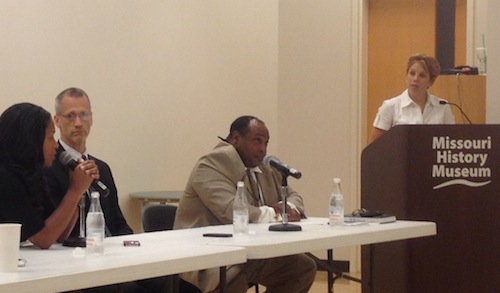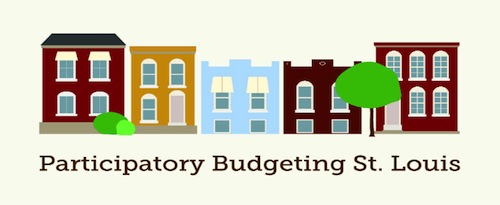More than ninety percent of readers that voted in the poll last week favor some form of reconciliation between the City of St. Louis and St. Louis County. Voting was nearly double the usual.
Q: Should St. Louis City & St. Louis County Reconcile? If So, How?
- St. Louis City should rejoin St. Louis County as the 91st municipally 65 [36.31%]
- St. Louis City & St. Louis County (and all its municipalities, schools districts, fire districts, etc) should become one government body 52 [29.05%]
- St. Louis City & St. Louis County (and all its municipalities) should become one government body 45 [25.14%]
- St. Louis City & St. Louis County should remain separate, but partner more 12 [6.7%]
- St. Louis City & St. Louis County should remain completely separate (no change) 5 [2.79%]
- Unsure/No Opinion 0 [0%]
More than 54% favor some form of consolidated government, not just becoming the 91st municipality. If St. Louis became the 91st municipality it would be the largest in terms of population and 2nd largest in land area, Wildwood is slightly larger in area.
For years I’ve favored a super consolidation — all municipalities, school districts, fire districts, etc being made into one. But I recognize this wouldn’t be a magic bullet to solve issues of poverty, unemployment, stagnant/declining population, in the city & county. Some regional problems would be solved, but others would be created in the process — unintended consequences tend to pop up.
What needs to take place isn’t a discussion of solutions, but a discussion of problems facing the region. From there we can work toward a collective solution(s). Our history has been a group or individual has pushed a change in governance out of selfish interests. There’s been some mild effort to give the appearance of a grassroots movement rather than what it is.
I want change, I think the region needs change. But we must learn from the consequences of other city-county consolidations.We shouldn’t do this so one person can get his wish to end income taxes and fund government largely through sales taxes. As a low-income person I know the burden sales taxes place on the poor. I’m not willing to suffer so millionaires can reduce their obligation to society.
Here are some groups currently working on consolidation/merger:
Right now I’m still research each to see if they’re legit, or just a front. Part of that includes reading from a variety of sources, for example:
If the city’s current system of having “county” offices that operate independently of the city is an absurd waste of resources and duplication of services, then what is to be said of a county that has 43 fire districts and more than 60 police departments? Compared outright to St. Louis County, St. Louis city is a model of economy and streamlined public services. It may be ridiculous that the city has a comptroller, treasurer, collector of revenue and license collector, but for many of its square miles the county is nothing – governmentally speaking – more than a speed trap that feeds money into one strip mall city hall or another. (St. Louis American)
I believe we can have a better government structure that makes us competitive with other regions, bettering the lives of everyone, not just a few. It’ll take open dialog to get there.
— Steve Patterson


